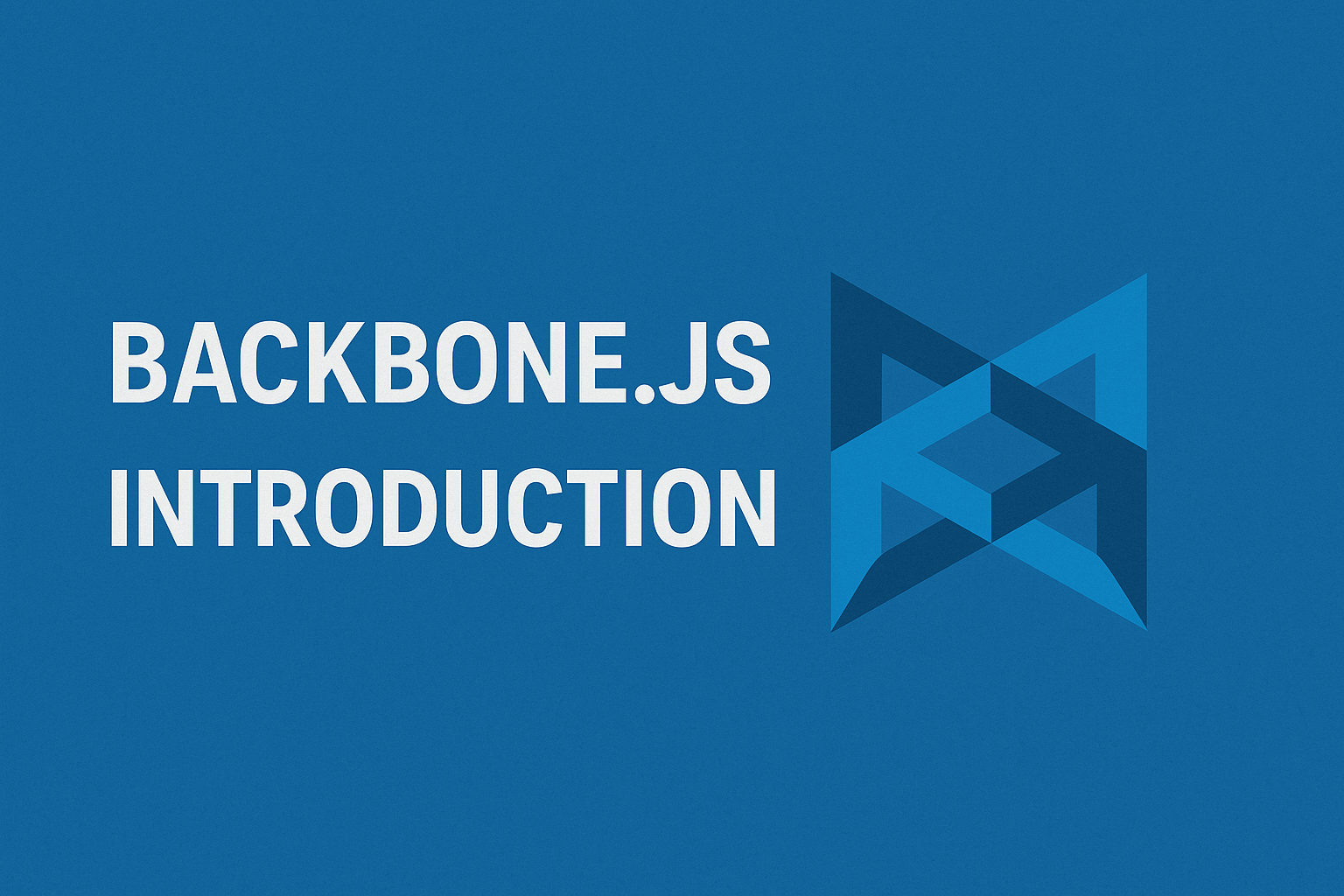
In this article, we’ll see Backbone js Introduction.
Table of Contents
In the ever-evolving landscape of JavaScript frameworks, Backbone.js stands out as a lightweight and flexible library that provides structure and organization to your web applications.
Whether you are a seasoned developer or just starting your JavaScript journey, this blog post will introduce you to the fundamental concepts of Backbone.js and highlight how it can simplify the development of complex JavaScript applications.
What is Backbone JS
Backbone js is a JavaScript library with a RESTful JSON interface and is based on the model–view–presenter (MVP) application design paradigm.
Backbone.js is a popular open-source JavaScript framework that allows us to develop single-page web applications.
Backbone JS is not a framework but a library.
Backbone JS is Created by Jeremy Ashkenas, the JS ninja who built CoffeeScript.
Backbone JS is a super lightweight library that lets you create easy to maintain front ends. It’s backend agnostic and works well with any of the modern JavaScript libraries you’re already using.
Backbone is a collection of cohesive objects, weighing in at a shade under 4kb, that lend structure to your code and basically help you build a proper MVC app in the browser.
Backbone JS Functions:
Backbone.js has these main functions:
- Create models (and collections of models)
- Create views
- Manage bindings and events that allow modular use of different models or views with other pieces of the framework.
- Make use of the observer pattern on the models, so views can directly listen to any changes that happen to a model and automatically update that view to reflect the changes
- Built-in support for jQuery or Zepto for DOM manipulation
Key Components of Backbone JS
Models
Models are Backbone.js objects that represent data. They have a number of properties, including a unique ID, a collection, and a set of methods.
The ID property is used to identify the model in the collection. The collection property is a reference to the collection that the model belongs to. The methods property contains a set of methods that can be used to manipulate the model’s data.
Views
Views are Backbone.js objects that represent the user interface for a model. They are responsible for rendering the model’s data to the DOM, and they handle user interactions with the model.
Views are created by extending the Backbone.View class. They have a number of properties, including a model, a template, and a set of events.
The model property is a reference to the model that the view represents. The template property is a string that contains the HTML for the view. The events property contains a set of events that are triggered by user interactions with the view.
Collections
Collections are Backbone.js objects that represent a group of models. They have a number of properties, including a model, a set of methods, and a length property.
The model property is a reference to the model type that the collection contains. The methods property contains a set of methods that can be used to manipulate the collection’s data. The length property contains the number of models in the collection.
Advantages And Disadvantages Of BackboneJS:
Advantages:
- No more Javascript Spaghetti: code is organized and broken down into semantically meaningful .js files which are later combined using JAMMIT
- No more jQuery.data(bla, bla): no need to store data in DOM, store data in models instead
- event binding just works
- extremely useful underscore utility library
- backbone.js code is well documented and a great read. opened my eyes to a number of JS code techniques.
Disadvantages:
- Took me a while to wrap my head around it and figure out how to apply it to my code, but I’m a Javascript Newb.
Backbone js offers a refreshing approach to JavaScript application development, providing structure and organization while remaining lightweight and flexible. By embracing the Model-View-Presenter pattern and leveraging its key components, developers can create maintainable, scalable, and responsive web applications. With Backbone.js, you can empower your JavaScript projects with a solid foundation that promotes modular design, event-driven communication, and efficient data binding.
Hope this article helps you!